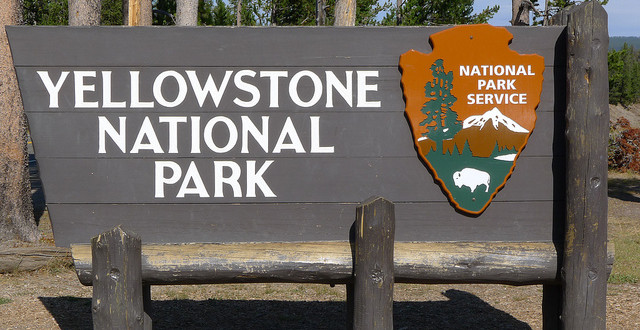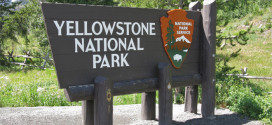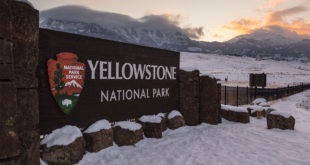Rebecca Hochstein, a former grad student at Montana State University is breaking new ground with her study of a Yellowstone virus found in a park hot spring.
According to the Billings Gazette, Hochstein’s research sheds light on the shape of viruses and how they adapt to host cells. Specifically, her research fleshes out understanding of lemon-shaped viruses, which are the least understood type. Hochstein’s research focuses on the Acidianus tailed spindle virus, which is unique to Yellowstone National Park.
You can read Hochstein’s paper here, published in PNAS, a journal published by the National Academy of Sciences. You can also read a paper on the discovery of Acidianus here, published in the Journal of Virology. From the Gazette:
“There are really only three common shapes for viruses (spherical, cylindrical and lemon-shaped),” said co-author Martin Lawrence, a professor in MSU’s Department of Chemistry and Biochemistry. “We have understood for many years the principles for the construction of cylindrical and spherical viruses, but this is the first time we have really understood how the third class of viruses is put together.
“We now understand how this third kind of virus shell is assembled and the dynamic process it uses to carry and then eventually eject the DNA that it is carrying,” Lawrence said. “This understanding could potentially be adapted for technological uses.
“If we could load these virus shells with a different cargo, say a drug, and target it to a particular place in the body, such as a tumor, it could then deliver the drug to just that specific location, making the drug more effective, or reducing side effects,” Lawrence said.
Mark Young, a professor at MSU’s Department of Plant Sciences and Plant Pathology and co-author of Hochstein’s study, told the Gazette this discovery has huge implications for fields like biotech, since the Acidianus virus can transition between being lemon-shaped and being cylindrical. Lawrence agreed.
“We think this transition is used to squirt the DNA from the virus into the cell that the virus is infecting,” Lawrence told the Gazette. “This answers the question of how the DNA leaves the virus. By analogy, how does one get juice out of a lemon? You squeeze it. In this case, the ropes in the shell squeeze the DNA inside, forcing it out.”
With its abundance of hot springs, Yellowstone is a mecca for researchers looking to discover novel microbes and viruses—many of which can only be found here, due to the unique geothermal and hydrological conditions.
 Yellowstone Insider Your Complete Guide to America's First National Park
Yellowstone Insider Your Complete Guide to America's First National Park





